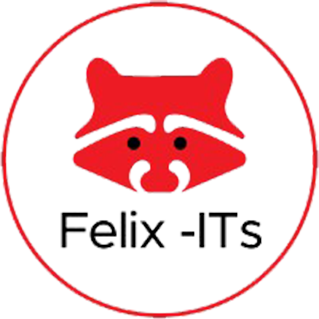Before diving into the UX design process, let’s take a quick look at what UX design is.
UX design is the process of designing a product or application to create meaningful and relevant ‘user experiences’(UX). Your role as a UX designer would be to drive users to a site they are interested in and ensure their user journey from there is easy and fun, leading to successful purchases.
Why do you need a UX Design Process?
By using a solid UX design process, you can boost your chances of creating a product with an amazing user experience. The UX design process involves acquiring and implementation the product that includes the different features of branding, designing, usability, and functionality.
Know how you can easily adapt the UX design process with UI/UX training institute in Pune.
A step-by-step guide to UX Design Process
Let’s take a quick walkthrough of the UX design process and effective methods used by UX designers when starting a UX project or redesigning one. It’s beneficial to follow an efficient process that can help you make your UX design easier and successful.
Research:
To create a product, you will need to understand the user challenges and requirements of the implementation. This will help you gain insight into user behavior, allowing your UX design to solve user problems by providing them with ease and delight while using an application. In search of identifying these problems, you mostly reach out to Google but what we told you there is a more effective way to get better results: research from users. You may try using any tool available to you for collecting ideas and reviews from users as real scenarios can contribute to your research which is the first step for your design process.
Create a User Persona:
With the data received during your research stage, you now know the expectations of your users. Next, you will need to categorize these users into user persona which will help you identify your targeted users. How? As patterns and behaviors of a specific persona represent a category of people having the same objective and problems, you can utilize the information to deliver excellent user goals through UX design. A quick tip! If you have a good understanding of your target audience, you can also create a single design that can serve different types of users.
Analyze:
At this stage, you might need your team to step in. This might involve your visual designer or UI designer, product managers, stakeholders, developers, and so on. The idea is to have everyone on board right from the beginning while formulating the goal of the product and what exactly is to be built based on the research data and user persona. This prevents confusion and loss of information amongst the team members. These sessions can be done in three ways: create user stories or scenario maps, a user flow, or a sitemap. It helps gather ideas and suggestions which might not work right at the beginning but you can always keep it handy in your backlogs for a quick trial and error during the later stages.
Create Wireframes or Prototypes:
This is when your role gets activated as a designer. You can start by designing basic wireframes of the product to create a rough layout with the use of simple shapes, blocks, and mock content. This is where you will be able to explore all the possible design options, try different ideas, receive feedback and make changes to them without much effort. Once approved by the team, a detailed wireframe or an interactive prototype can be created for understanding interaction and visual presentation. Know more about wireframing with UI/UX design courses in Pune and Mumbai.
UI Design and Delivery:
Your partner, the UI designer joins you here. To keep branding and your wireframe consistent, you can create a UI style guide that mentions the colors, spacing, padding, font size, etc in one place. Well, it’s beneficial if the UX and UI designers work together as the visual design stage also consists of various tasks that involve the need of the UX designers like implementing the usability of each UI element. This saves time, makes the product consistent, and is easy to maintain.
Once ready, you are ready to hand it over to the developers. You can use Zeplin as one of the tools where they can view the details of the design without the need to open the design files. Making a designer’s life a tad bit easy.
Analyze Metrics:
Once your first version of the application is ready and rolled out, the next important step is to test the design. Various analytic tools are available to track user behavior and interaction patterns to identify issues, provide solutions and improve functionality. Usually, a UX Researcher can get this job done.
Interesting design process right! Intrigued yet? Come join our community of 2000+ happy learners at Felix-ITs for UI/UX design courses in Pune. We aim to train you with the right techniques and processes of UX/UI design so that you can deliver some amazing digital products with your caliber and creativity. The UX/UI classes are designed to make your learning experience more interactive and engaging so that you can make the best of our offerings and pave your path towards becoming a UX designer.


